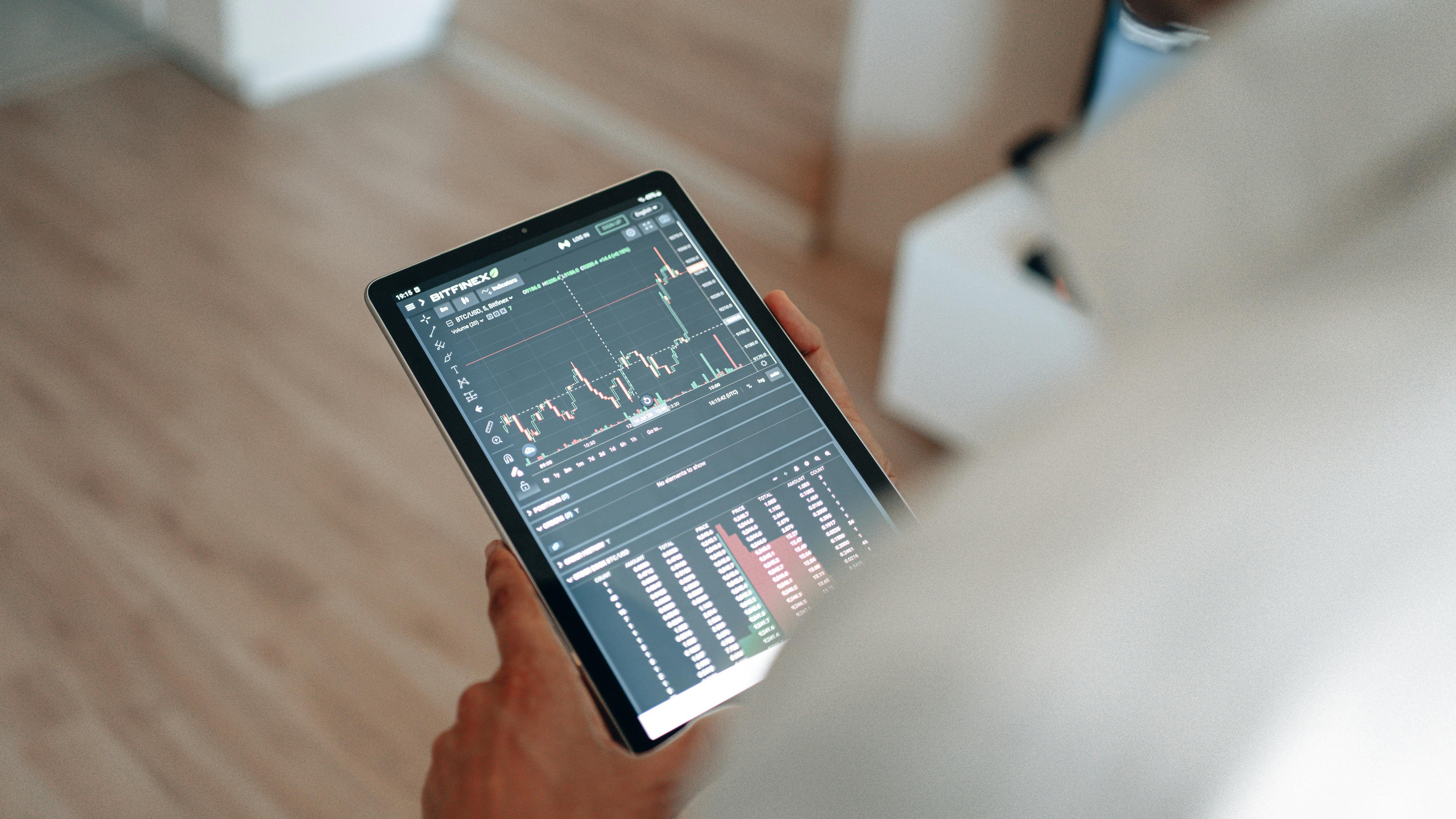
Photo Credits: AlphaTradeZone
Many reports show that 82% of businesses have faced unintended downtime over the last three years, and 64% of unexpected downtime happened due to machine or equipment failure. Predictive maintenance can improve your assets' availability and reliability, but it requires accurate and timely asset data.
It shows that businesses implement maintenance only after sudden asset failure or if too much maintenance is provided to the equipment, but this is not enough. In these scenarios, the actual performance of the asset is not seen or even calculated. Consequently, providing maintenance on time to assets is essential. Nonetheless, maintenance shall never be too much or too little, and besides, corporations shall emphasize condition-based asset monitoring so that maintenance is done on time. To fulfill this purpose, an equipment monitoring system can be used.
There are many definitions for asset condition monitoring or predictive maintenance (known at the beginning and in some circles still). Many Asset Managers define asset condition monitoring as an advanced maintenance technique centered on using technology to determine the condition of different types of assets and then taking the correct actions to avoid failure. Lately, it has also been known as condition-based maintenance (CBM). But what does it mean for asset management or even condition monitoring?
Asset management is a systematic way to control the combined assets that a group or company is responsible for over its whole life cycle. The concept includes physical assets such as machines, equipment, or buildings and immaterial assets such as intellectual property and financial assets. It has a systematic approach to operating, developing, maintaining, upgrading, and disposing of assets as efficiently as possible, such as cost, performance, risk, and environmental impact.
Condition Monitoring focuses on controlling various parameters in machines and equipment, like temperature, vibrations, load, and speed, by sensors and data acquisition systems. Condition monitoring enables a more efficient operation, better utilization of equipment, and predictive maintenance and is therefore well connected to, and in many aspects essential for, efficient asset management. Resuming it is in a phase of rapid technological advancement and finds itself at the forefront of development in Maintenance Management and Asset Management.
But how are they correlated in any way?
By considering condition monitoring, we are considering the impact of Industry 4.0 and sensors. Companies are in a position to give their equipment to help them better understand and maintain these assets by tracking their performance. Condition monitoring identifies hidden equipment defects to improve critical asset reliability and predict irregularities that might lead to disruptions. It uncovers the exact causes of breakdowns and guides the most effective corrective action. It also highlights that a better prediction is now possible and that businesses are better positioned to reduce risks, increase efficiencies, and save costs.
Due to condition monitoring, asset condition monitoring arose, so condition monitoring and asset monitoring are correlated, but what is asset condition monitoring?

Photo Credits: AlphaTradeZone
What is Asset Condition Monitoring?
Assets are the core strength of any manufacturing industry. Asset Condition Monitoring is a technique to assess machine usage and performance to predict the maintenance cycle. As part of Industry 4.0 technologies, IoT enables the real-time monitoring of asset conditions and performance without human efforts. It can be achieved by connecting machines and deploying internet-enabled sensors or IoT connectors that facilitate data collection and transfer of machine data to the cloud platform for further analysis to monitor and schedule maintenance.
Asset Condition Monitoring is the process of monitoring each parameter of conditions in equipment or machines to identify a notable change indicative of a possible failure. It monitors all the possible parameters required to keep a device in a better condition. It helps to identify machines' run-time and downtime status, maintenance status, and health based on specific parameters like vibration, noise, fuel requirement, temperature, etc.
Asset condition monitoring plays a crucial role in predictive and preventive maintenance. Implementing ACM allows scheduling maintenance and preventive actions to avoid failure and unplanned downtime. The systematic approach to tracking and monitoring the physical assets across large industries from acquisition through disposal is also known as Enterprise Asset Management (EAM). Industry 4.0 enables plant managers, factory engineers, and other users to monitor the asset condition remotely. Hence this helps to quickly respond to the changing needs & operational trends and improve forecasting to maximize the performance and efficiency of a more extensive system.

Photo Credits: fauxels
In conclusion, with Industry 4.0, asset condition monitoring is becoming increasingly common across industries to ensure safe and sound functioning and improve efficiencies.
This helps reduce maintenance expenses and increase the longevity of assets. Furthermore, you can categorize and prioritize asset maintenance accordingly, and the alerts and notifications feature is extremely helpful in asset maintenance.